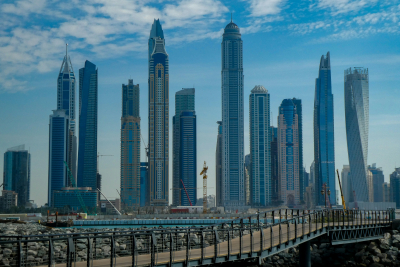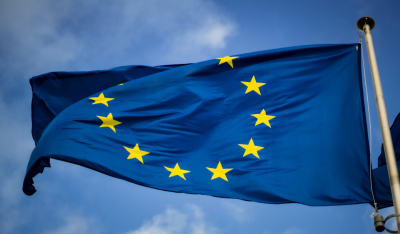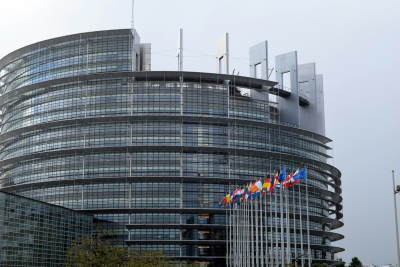Rifaat al-Assad, the uncle of Syrian President Bashar al–Assad, is the latest kleptocrat brought to justice in Europe. Last month a French Court found him guilty of money laundering and embezzling public funds and sentenced him to four years in prison. The Court also ordered the confiscation of his properties in France and the United Kingdom, worth respectively €90 million and €29 million. This is in addition to €695 million confiscated by Spanish Authorities in 2017 in a separate investigation.
The decision follows a legal campaign by Transparency International France and Sherpa, which also led to the conviction of kleptocratic Vice President of Equatorial Guinea, Teodorin Obiang.
However, such convictions are the exception not the rule. Only 1.1. % of criminal proceeds held in Europe are confiscated, according to Europol, while a recent report by the Commission acknowledges that “confiscation rates in the EU remain very low.”
No surprise then that the EU is a favourite destination for corrupt leaders to hide their illicit money. In recent years, several notorious cases have made headlines. For example, former Ukranian President, Viktor Yanukovych, who used public money to buy himself an $11 million chandelier. Or Isabel dos Santos, daughter of Angola’s former president and possibly Africa’s richest woman, who allegedly used public funds to create a €1.8 billion business empire at the expense of the Angolan people. In each case, money that should have been spent on schools, hospitals and other public services ended up lining the pockets of corrupt politicians.
Yet these widely reported scandals rarely lead to criminal convictions or the confiscation of stolen assets. Often, confiscation does not happen because it is too difficult to secure a conviction in the country where the offence was committed.
In the current EU framework, confiscation without conviction is only allowed if the suspected individual absconds or is ill. We believe that this approach should also be extended to transnational corruption cases where justice often cannot be done in Europe due to judicial failings and rampant corruption in a third country.
Shockingly, even when stolen assets are confiscated they are seldom returned to the people they were taken from. In the absence of harmonised rules at EU level, confiscated assets usually end up in the coffers of the country where the judicial decision was made, instead of being returned to the country of origin to benefit the victim populations. The amounts involved are huge and the cost to citizens can be devastating. For instance, the family of Tunisia’s former president, Zine el-Abidine Ben Ali, stole the equivalent of one third of the country’s average annual GDP.
France is currently considering a legislative proposal for the return of stolen assets to victim populations. We welcome this. However, it should not be left to individual Member States to address this pan-European problem. Aside from recognising the cross-border nature of corruption, EU leaders must also understand the long-term gains of investing efforts in asset recovery. More assets confiscated and repatriated means fewer criminals tempted to use the EU as a getaway to evade law enforcement or prosecution in their home country. EU measures against corruption and money laundering will only become truly effective if they hit criminals where it hurts most, i.e. by targeting their money and assets and preventing them from enjoying the proceeds of their crime. The integrity and security of the EU depends on this.
Soon, the EU will be amending its policy on asset recovery, and it should take the opportunity to rethink its entire approach. In particular, Transparency International calls for the adoption of non-conviction based confiscation instruments, as well as principles to ensure the return of confiscated assets to victim populations.
The infographic below provides up-to-date information on the issue of asset recovery. You can download it as a PDF here.
[pdf-embedder url=”https://transparency.eu/wp-content/uploads/2020/07/upload_asset_recovery_compress.pdf”]




